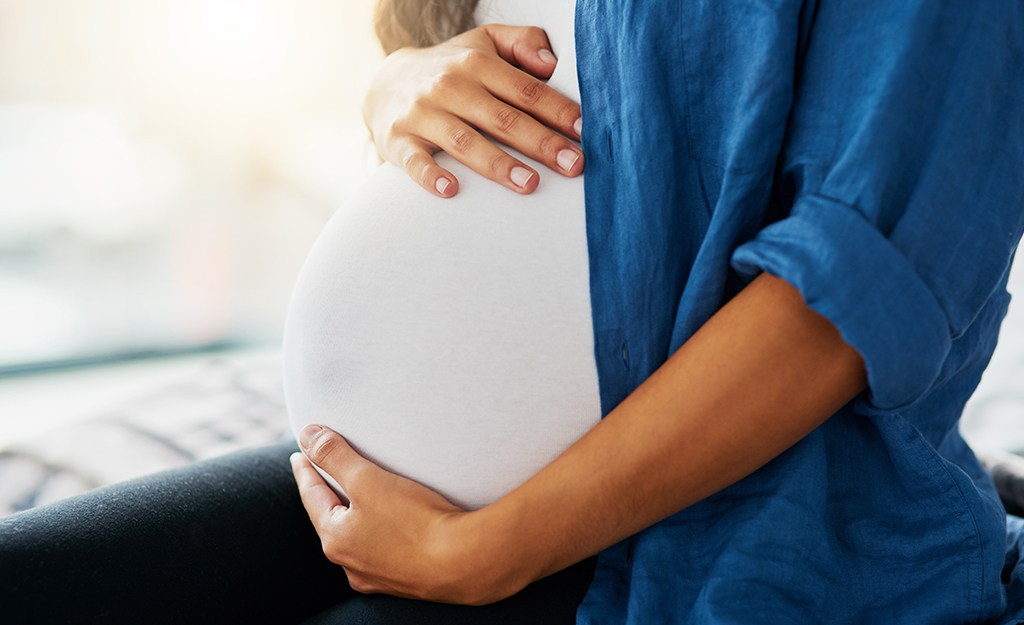Electro-acupuncture was first used in its modern form in France and Germany at the start of the 19th century, and later developed as a specialism in China. It particularly benefits muscular-skeletal issues and pain, but can also be used in labour induction.

Electro-acupuncture for Pain
At Bristol Community Acupuncture we primarily use electro-acupuncture for pain conditions, particularly for pain caused by injury to or dysfunction of the muscular-skeletal system.
Acupuncture needles are inserted into the affected areas, and then attached to a TENS (transcutaneous electrical nerve stimulation) machine. This machine stimulates the needles with a gentle electrical current, that can help muscles to relax, increase blood flow and stimulate the nervous system. We find that using electro-acupuncture for pain conditions often gives significantly better results than when using acupuncture alone.
When electro-acupuncture is performed correctly, people often describe the feeling of being deeply and gently massaged.
We often use electro-acupuncture for issues such as sciatica, sports injuries, lower back pain, shoulder tension, tennis elbow, knee pain, and all other muscular strains and sprains.

Electro-acuupuncture for Labour Induction
Although electro-acupuncture is mainly used for pain conditions, more recently it has been found to be useful for inducing labour for women that have gone past their due date.
More and more women are making positive choices about how and where they would like to give birth - choices that are often supported by their healthcare professionals in the NHS.
Problems can arise, however, if the pregnancy exceeds 'full term', when options such as homebirths, water births, and natural births can be associated with higher risks of complications.
Electro-acupuncture can be used around and beyond the due date to stimulate the lower pelvic area and encourage the transition from pregnancy to labour. Points on the sacrum are used, and patients often report feeling that the baby has moved lower and that the area has begun to open up after the treatment. Even when the treatment does not directly induce labour, women often tell us that they feel it helped to prepare for and facilitate the birth process.